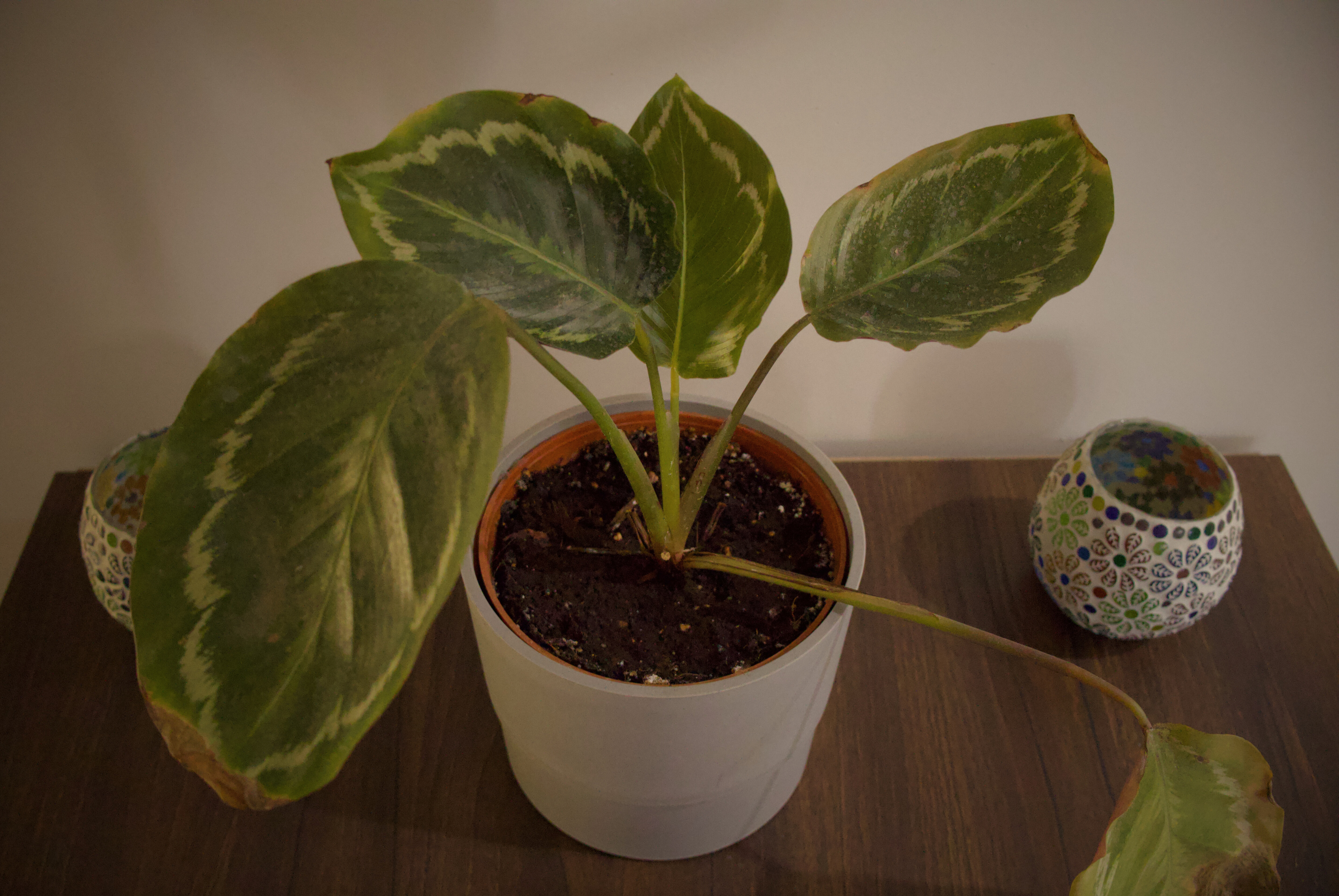
⚡ Getting Started with Kotlin Multiplatform Mobile
Let’s explore how to build your first Kotlin Multiplatform Mobile (KMM) app! What is Kotlin Multiplatform Mobile? Think of KMM is like a code-sharing wand that lets you write business logic once in Kotlin and use it on both iOS and Android. It’s like having a universal translator for your code - write once, run everywhere (well, on mobile at least)! When you use KMM, you get to: Share business logic across platforms Keep native UI for the best user experience Reduce duplicate code and potential bugs Speed up development time Setting Up Your Environment First, let’s get your development environment ready....

⚡ Android Developer Interview Guide
This guide is also available as a comprehensive GitHub repository: Core Android Concepts Activities & Fragments Activity Lifecycle onCreate(): Activity is first created Initialize UI Set content view Initialize variables onStart(): Activity becomes visible Prepare UI elements Register broadcast receivers onResume(): Activity starts interacting with user Start animations/video playback Initialize foreground services onPause(): Activity partially visible but not focused Pause ongoing operations Save draft data onStop(): Activity no longer visible...

⚡ Lets Explore Jetpack Compose!
Hey! Let’s explore Jetpack Compose and see how it makes Android UI development more enjoyable. What is Jetpack Compose? Compose is just a different way to build your app’s UI. Instead of writing XML layouts and then manipulating them with code, you write Kotlin functions that describe your UI. It’s that simple. Getting Started First, add these to your build.gradle: dependencies { implementation "androidx.compose.ui:ui:1.5.4" implementation "androidx.compose.material:material:1.5.4" implementation "androidx.compose.ui:ui-tooling-preview:1.5.4" } Your First Composable Let’s write something simple:...

⚡ Guide to Custom Views in Android
Remember that time you needed a widget that Android doesn’t provide out of the box? Maybe a circular progress bar that looks like a pizza being eaten? Well, grab your favorite beverage, because we’re about to dive into the world of custom views! Why Create Custom Views? Sometimes the standard Android widgets just don’t cut it. Maybe you need: A special animation effect A unique user interaction That perfect design your UI/UX team dreamed up The Basics: Anatomy of a Custom View Here’s a simple custom view that draws a circle that changes color when touched:...

⚡ Kotlin Coroutines for the Beginners
Hey! Lets explore Kotlin Coroutines in this post. What Are Coroutines? Think of coroutines as tiny workers in your code who can pause their work, go grab a coffee, and come back exactly where they left off. Unlike regular functions that must run to completion, coroutines can take breaks without blocking the main thread. When a coroutine “takes a break,” it’s typically doing one of several things: Waiting for I/O operations to complete (like reading from a file or making a network request) Yielding control to allow other coroutines to run Waiting for a timer or delay to expire Waiting for data from another coroutine or for some condition to be met The key point is that during these “breaks,” the coroutine isn’t actually consuming CPU resources....